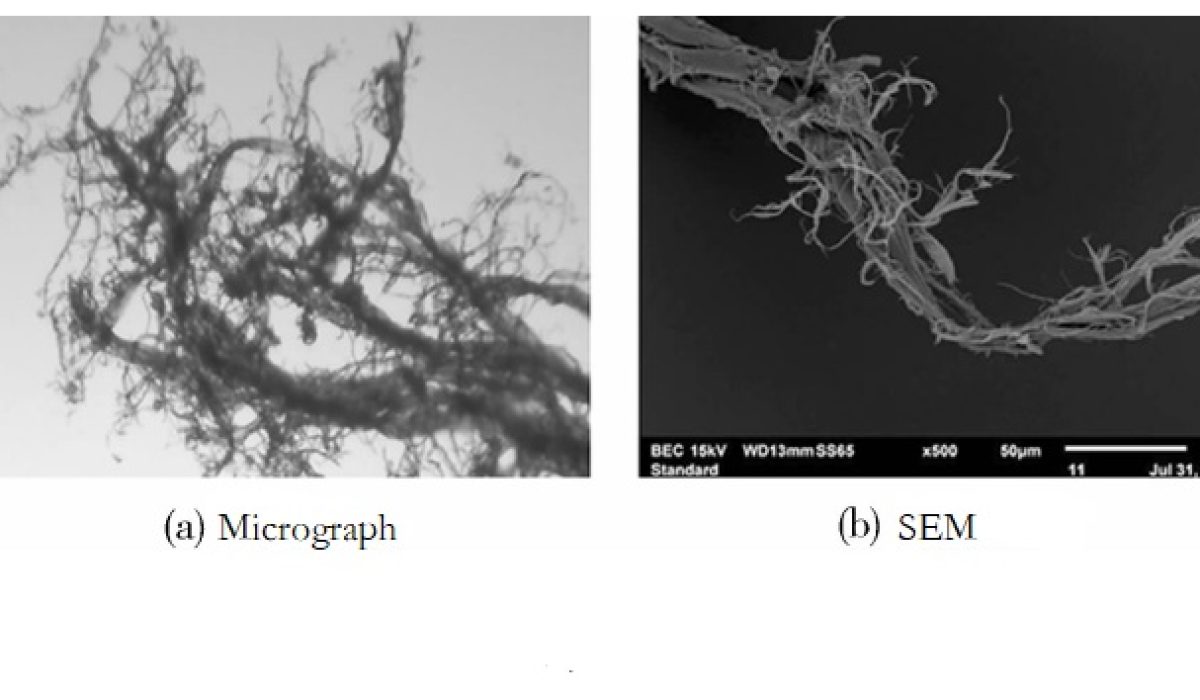Para-aramid pulp fiber (hereinafter referred to as aramid pulp fiber) is a highly dispersed differentiated product obtained after multiple fibrillation treatments of aramid fiber. The fiber surface is plush, the main fiber length is 1.0-3.0mm, the diameter is 10.0μm, the microfiber length is 0.1-2.0μm, the surface is rough, and the axial end of the fiber is needle-like. Aramid pulp fiber retains the excellent physical and mechanical properties of aramid fiber, such as high strength, high modulus, good thermal and chemical stability, good wear resistance and high insulation. Compared with short fibers, its specific surface area is larger, between 7 and 12m2/g, so that it has a larger contact area with the matrix material and has a strong surface bonding force with the matrix material due to the “mechanical” engagement.
Figure 1(a) and (b) are micrographs and scanning electron microscope (SEM) photographs of pulp samples produced by SINOARA (AFchina) Advanced Material Co., Ltd.
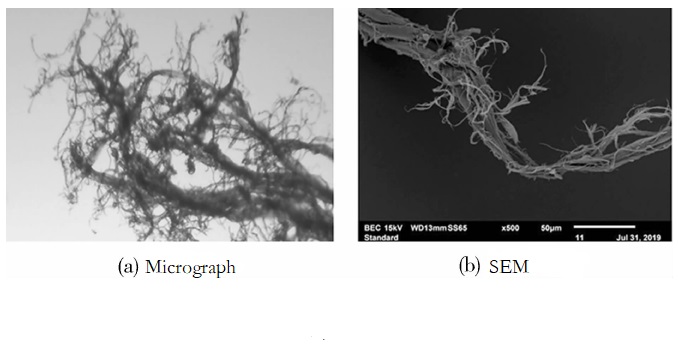
Application of Aramid Pulp Fiber
1. Automobile brake pad
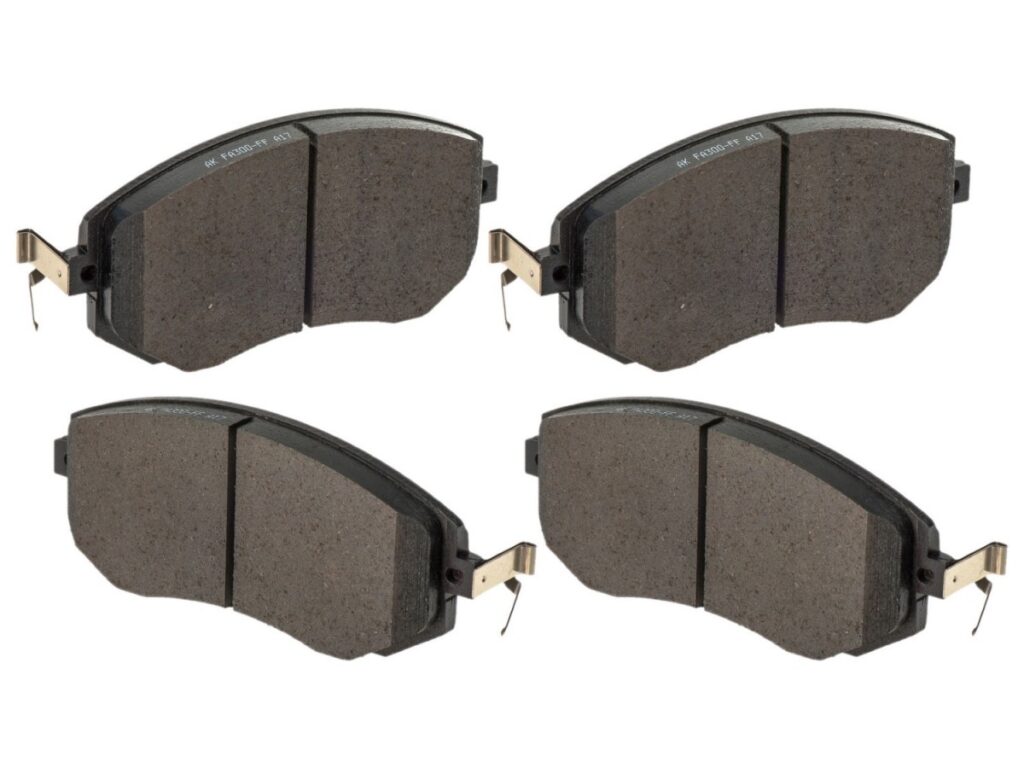
Automobile brake pad are required to have stable friction coefficient, low wear rate, no noise and no vibration under high temperature, high pressure and high-speed environment. The reinforcing fibers widely used in automobile brake friction materials include ceramic fibers, organic fibers, and metal fibers. The content of reinforcing fibers in industrial friction materials is usually between 5vol% and 25vol%. Aramid pulp fiber retains the characteristics of high strength and high modulus of aramid fiber, and at the same time has a large specific surface area, which endows it with good adsorption and can be effectively combined with the resin matrix.
Kim found that the addition of aramid pulp fiber effectively improved the friction stability of the friction material and reduced the wear rate at the same time. Prosenjit et al. found that the incorporation of aramid pulp fiber improved the friction stability of its composites compared with aramid fiber.
Guo Ke found that the Brinell hardness of phenolic resin friction material increases with the increase of the amount of aramid pulp fiber. When the content ratio of 46 aramid pulp fibers and nano-sodium titanate whiskers is 3:1, the effect of the friction material is the best, the friction coefficient is stable at 0.38-0.45, and the wear rate is 5%. Liu Li et al. studied the mechanism of the influence of aramid pulp fiber content on the friction and wear properties of low resin-based brake pads: when the content of aramid pulp fiber is 0% and 1%, it is mainly expansive surface fatigue wear, when the content is 2%, it is mainly non-expandable surface fatigue wear, and when the content is 3%, it is mainly adhesive wear.
Guo Hui disclosed a brake pad made of aramid pulp fiber modified with pyrrole monomer. Experiments show that the brake pad has strong thermal decay resistance and thermal expansion resistance, stable friction coefficient and low wear rate.
2.Gasket
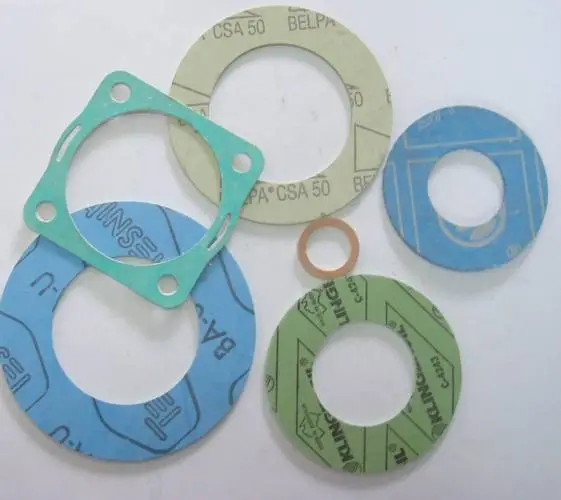
The gasket designed with aramid pulp fiber-reinforced rubber composite has improved mechanical properties, high temperature resistance and sealing performance compared with all-rubber sealing materials, and at the same time avoids the rust and corrosion problems of metal oil seals during use.
Xiao Fengliang used neoprene/aramid pulp fiber as the shell material and hydrogenated nitrile rubber as the lip glue to prepare a composite oil seal. The research shows that the rubber material has good adhesion to the neoprene rubber/aramid pulp fiber sheet, and the anti-scorch performance of the rubber material after compounding is improved. Liu Xin et al. explored the effect of the amount of aramid pulp fiber and silica on the properties of the prepared nitrile rubber gasket material, and found that the dispersion of aramid pulp fiber in its composite material was relatively uniform. When the amount of aramid pulp fiber is 30 parts and the amount of white carbon black is 40 parts, the comprehensive performance of the sealing material is the best. The shear force generated in the rubber mixing process can make the aramid pulp fiber orientation, and the anisotropy of the composite material in the parallel and perpendicular fiber directions is more prominent.
3. aramid paper
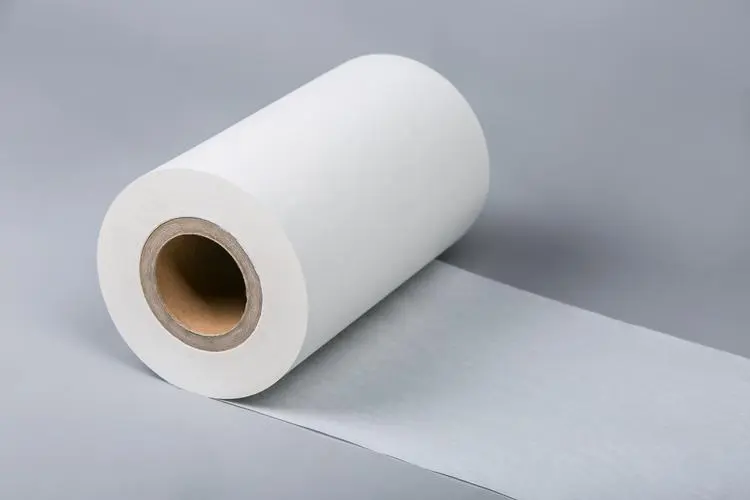
The mechanical properties and thermal stability of aramid paper-based materials mainly depend on the bonding effect between the short fiber and pulp matrix interface. In the structure of aramid paper, chopped fibers are used as the skeleton material and evenly dispersed in the paper, which determines the physical structure and mechanical strength of the paper; aramid pulp fibers are used as filling and bonding materials, using their own characteristics of large specific surface area and high degree of fibrillation. At the same time, they are softened by heat during the hot pressing process, and the overall mechanical structure of the paper is formed by bonding the chopped fibers and their own bonding, endowing the paper with overall strength and performance. The application fields of aramid pulp fiber paper-based materials mainly include insulating materials, paper-based friction materials, honeycomb reinforcement materials, etc. These materials are widely used in key fields such as high-temperature insulation, aerospace, automobile manufacturing, transportation, and high-performance electronic equipment.
Merriman EA demonstrated that manipulation of the potential of aramid pulp fibers by controlling their pH is very important for good formation of paper with high filler and latex content. Cao Xuehong et al. compared and analyzed the properties of imported aramid pulp fiber by jet spinning method and self-made pulp fiber by fibrillation method to make paper and found that the tensile index of pure aramid pulp fiber paper base material was 12 times that of the latter. Wang Lamei et al. found that the addition of aramid chopped fiber and aramid pulp fiber can improve the strength performance of aramid-mica composite paper. When the total amount of aramid chopped fiber and aramid pulp fiber is 7%, and the ratio of the two is 2:5, the overall performance of aramid-mica composite paper is the best. Si Jinghang have studied the effect of aramid pulp fiber content on paper properties. It shows that when the amount of aramid pulp fiber added is 10%, the bending strength, tensile strength and tear strength of paper reach the maximum at the same time. The bending strength is 620mN, the tensile strength is 11.21kN/m, and the tear strength is 4038mN.
In addition, relevant scholars have also conducted research on the application of aramid pulp fibers in insulating materials, ablation-resistant materials, and sports equipment.
Aramid pulp fiber retains the high strength and high modulus of filament fiber, and at the same time has a large specific surface area. It has been applied in many fields, such as aerospace, radomes, friction materials, sealing materials, sports equipment, etc. However, aramid pulp fibers have high crystallinity, low surface chemical activity, and poor bonding with matrix materials. At the same time, the number of microfibrils is large, easy to entangle with each other, and difficult to disperse in the matrix. Usually, it needs to be modified during use.
Currently, most domestically produced aramid pulp fibers are mostly made of foreign products such as filaments or recycled waste as raw materials and are prepared by cutting and fibrillation processes. There is still a certain gap in performance compared with imported products. How to ensure stable performance of products at low cost is the main problem facing domestic manufacturers.

